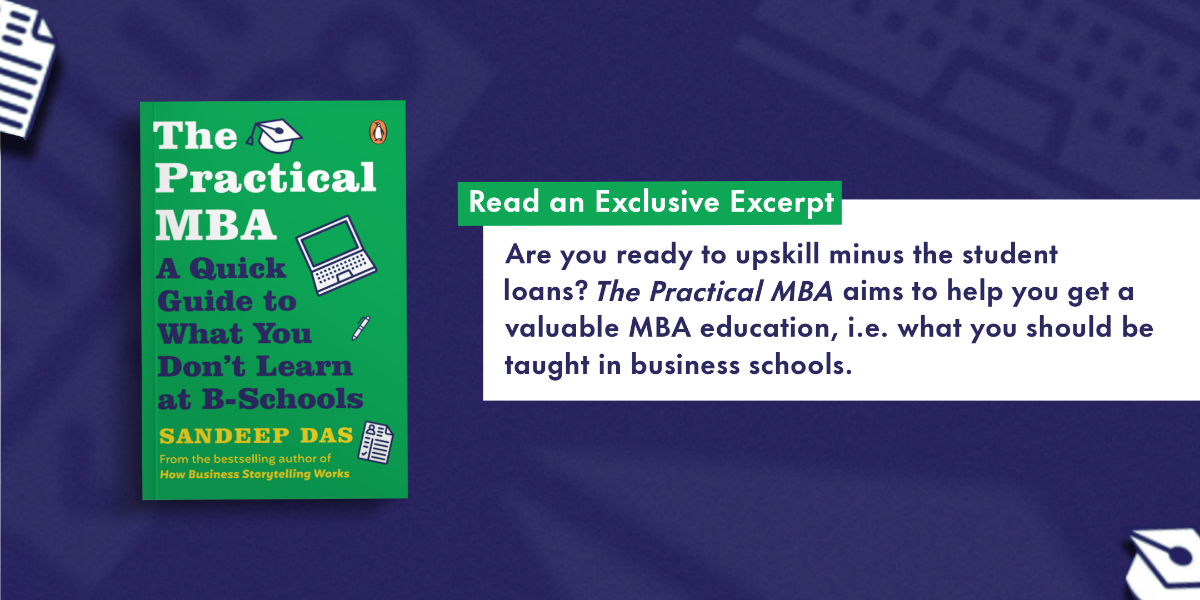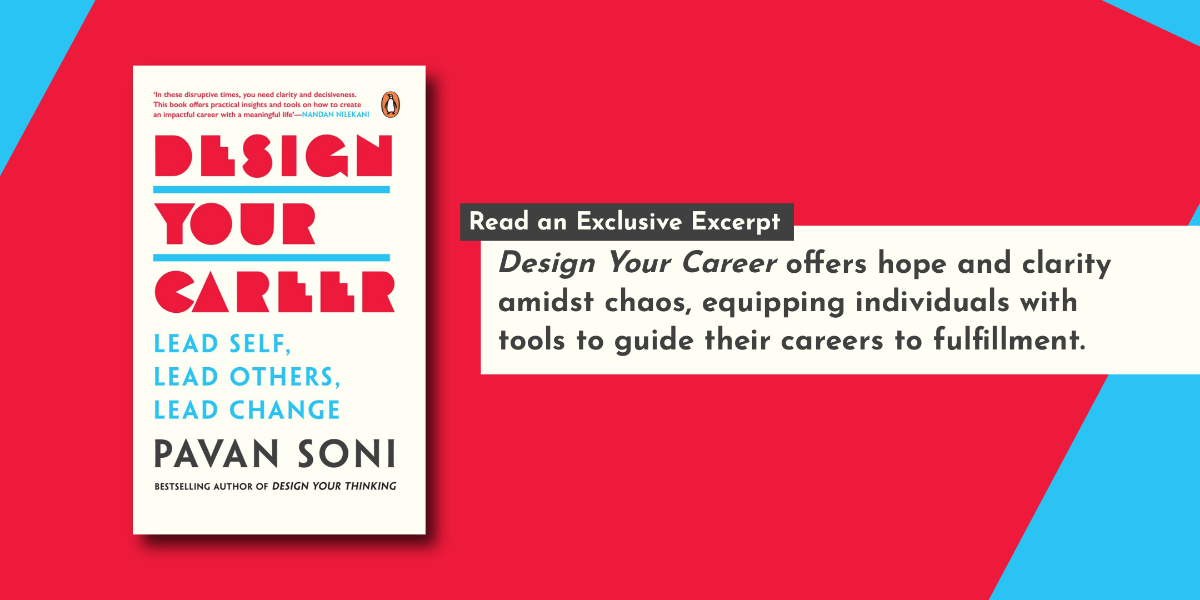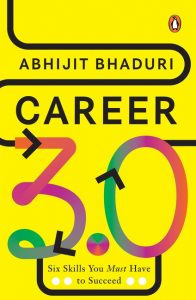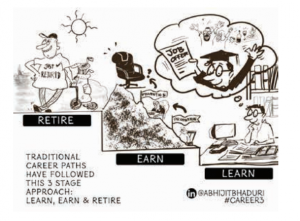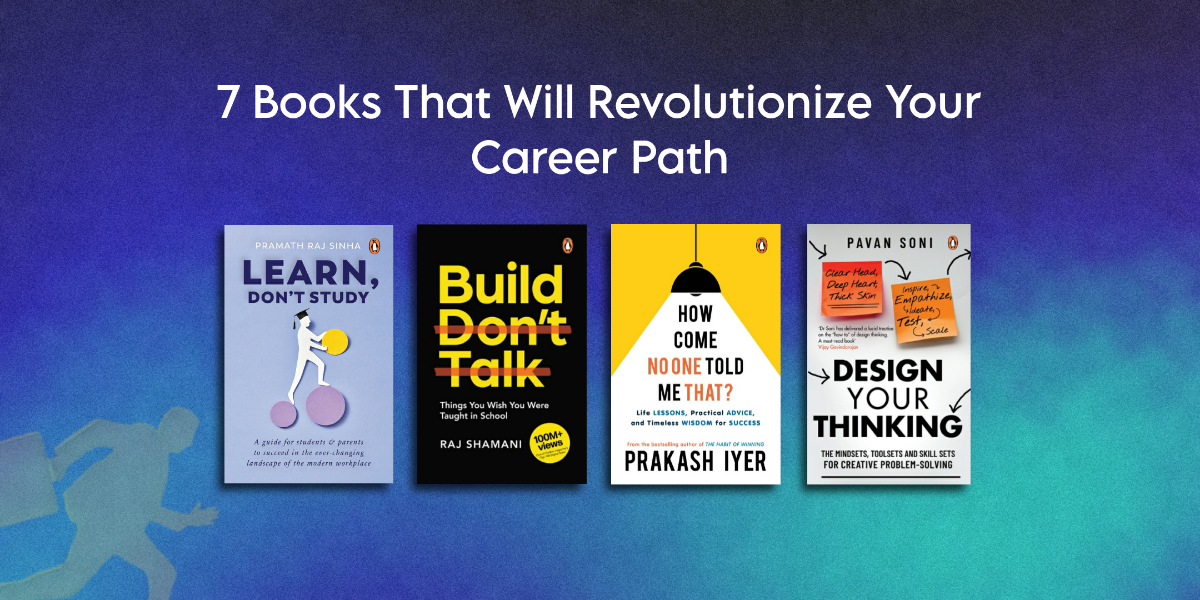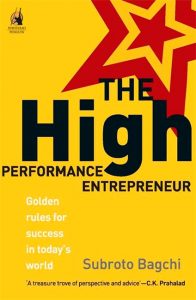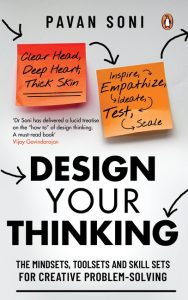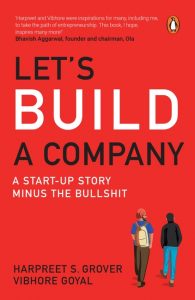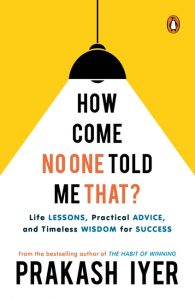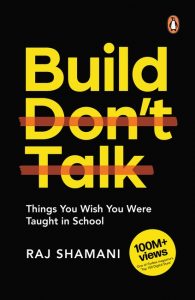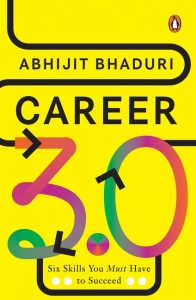Ever think about how the little things we often ignore can actually lead to big success? The Power of Ignored Skills by Manoj Tripathi shows how these overlooked skills have led to amazing discoveries and achievements. Through real stories and easy-to-understand examples, this book reveals how paying attention to these hidden talents can make a huge difference in your life. Curious to know more?
Read this excerpt and see how these skills might just be the secret to your success!
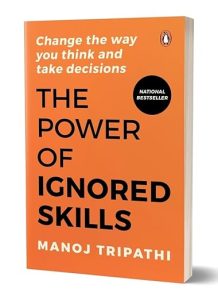
***
“Dream is not that which you see while sleeping; it is something that does not let you sleep.”
– Dr. Abdul Kalam
Dreams of achieving something help in aligning all efforts in that direction. Dreams motivate, inspire, improve, and help you achieve any goal. Dreaming for a significant purpose is essential, and it can even change the course of your entire life.
Henry Ford said, “Whether you think you can, or you think you can’t – you are right.” Therefore, if you believe in your dream or not, you are right.
Let me share how Martin Luther King Junior inspired people against racism.
5. 1 Martin Luther King, Jr. and his Dream
In the fifties and sixties, there was a growing demand for equality in the United States. African-Americans were discriminated based on their skin colour. Martin Luther King, Jr. started civil disobedience to protest against discrimination.
In 1964, he addressed the people of the USA against racism and discrimination; he used the power of a dream to inspire millions of black people.
The excerpt of his famous speech is:
I have a dream, that one day this nation will rise up and live out the true meaning of its creed – we hold these truths to be selfevident: that all men are created equal. I have a dream that one day, on the red hills of Georgia, the sons of former slaves and the sons of former slave-owners will be able to sit down together at a table of brotherhood. I have a dream that one day, even the state of Mississippi, a desert state, sweltering with the heat of injustice, and oppression, will be transformed into an oasis of freedom and justice. I have a dream, that my four little children, will one day live in a nation where they will not be judged by the color of their skin, but by the content of their character. I have a dream today! I have a dream that one day, down in Alabama, with its vicious racists, with its Governor having his lips dripping with the words of interposition and nullification; one day right there in Alabama little black boys and little black girls will be able to join hands with little white boys and white girls as sisters and brothers.
I have a dream today!
I have a dream, that one day every valley shall be exalted, every hill and mountain shall be made low, the rough places will be made plain, and the crooked places will be made straight, and the glory of the Lord shall be revealed, and all flesh shall see it together.
This speech from Martin Luther King, Jr. is known as one of the excellent speeches in human history.
Steve Jobs is known for his famous saying “Dream bigger”, and he preached on it. He conquered the epitome of success, with his big dreams. He perfected a blend of dedication, and hard work to accomplish his dream. The initial dream of providing a computer in every person’s hands is what inspired him, and all of Apple.
5.2 Walt Disney and his Dream
Walt Disney had said, “If you can dream it, you can do it.” He was a dreamer from an early age. Having said that, dreaming alone is not going to help, you also need passion.
Walt Disney did not achieve success easily. He was fired from his job of newspaper editor because, as per his boss, “he lacked imagination and had no good ideas.” When he was jobless, Disney formed an animation company, which ultimately went bankrupt. Still, it was his dream of incorporating the best amusement park, that kept pushing him, and finally, he got success.
Have you ever heard about a person, who didn’t have a clue concerning what they wanted in their life, yet became highly successful? Of course not. The dream acts as a compass, provides the direction that we should travel towards.
We have plenty of examples of dreamers succeeded despite adverse conditions like Napoleon, who despite having humble parentage, went on to become an emperor. Beethoven composed some of the most celebrated music, even after losing hearing ability. English novelist, Charles Dickens, was born in poverty, and never left his dream of becoming a novelist.
Do you have a dream, which does not allow you to sleep?
If yes, you will achieve success in fulfilling that dream.
***
Get your copy of The Power of Ignored Skills by Manoj Tripathi on Amazon or wherever books are sold.








